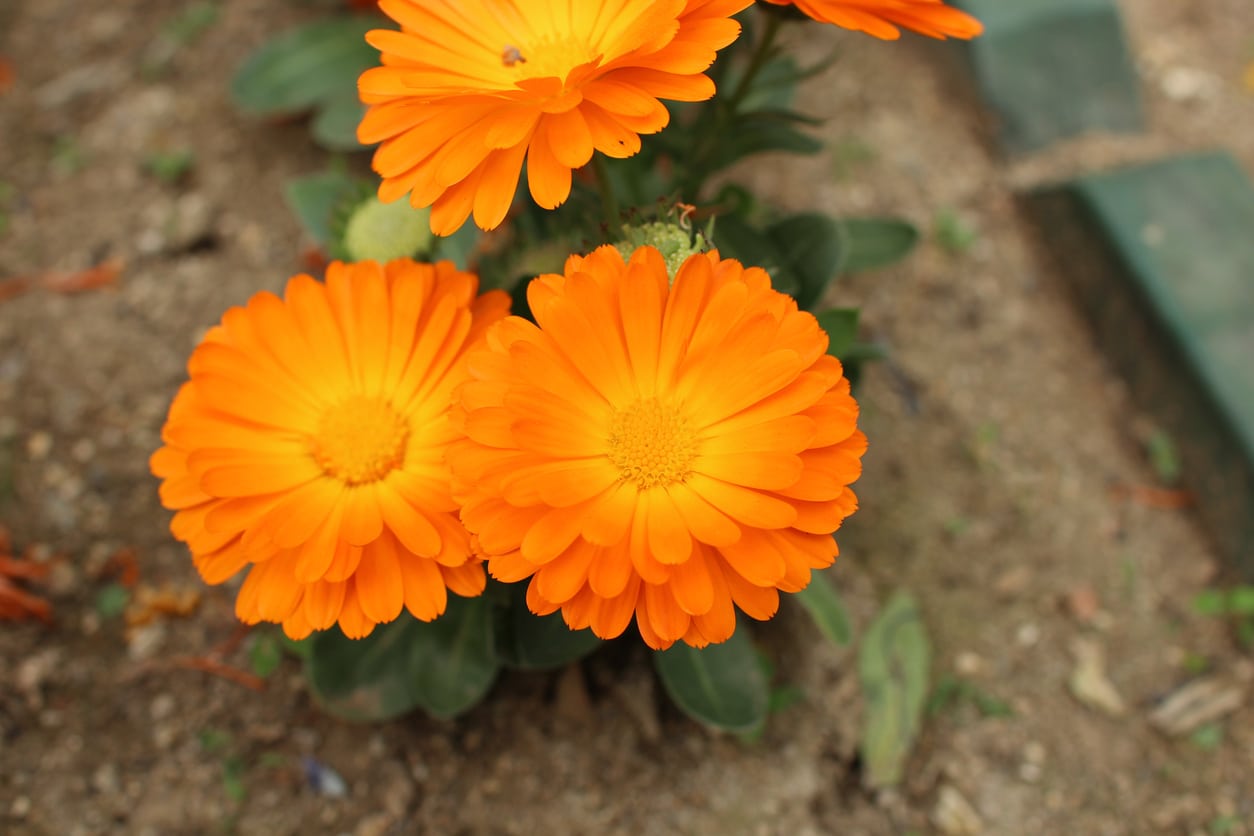Common Calendula Problems – Learn About Calendula Pests And Diseases

Calendula, or pot marigold, is an annual herb that is grown not only for its medicinal properties, but for its abundant sunny blooms. There are 15 species in the Calendula genus, each easy to grow and fairly problem free. That said, even low maintenance calendula has problems. Calendula does have its share of pests and diseases. The following article contains information regarding calendula issues with pests and diseases.
What’s Wrong with My Calendula?
As mentioned, even easy-to-care for calendula can fall victim to pests and diseases.
Insects
One of the most common problems with calendula is a tiny insect that likes the blooms as much as you do. Aphid feeding causes curled leaves and they also produce honeydew which attracts ants. Aphids love to feed on the undersides of the leaves, but a good blast with the hose will knock many of them off or, if this calendula problem is severe, treat the plants with insecticidal soap. Whiteflies are small white flies that hide and feed on the undersides of the leaves. Just as with aphids, these can be controlled with a hard stream of water or application of insecticidal soap. Other pests that may cause calendula issues include snails, slugs and thrips but they tend to be a very minor threat.
Diseases
Additional problems with calendula include the fact that these plants may be susceptible to powdery mildew. This fungal disease causes white fungal patches on the leaves that easily spread to other plants. It is fostered by cool, wet weather. To manage powdery mildew, plant to allow for air circulation, water at the base of the plants and remove any infected plant parts. Calendula smut is another disease that may plague the plants and results in brown spotting. Alternaria leaf spot causes small red/purple spots to appear. For fungal diseases, apply a fungicide and practice good garden sanitation. Aster yellows, caused by a phytoplasma rather than a bacterium or fungi, is another problem of calendula. It causes plants to become stunted with yellow-green leaves and flowers and eventual death. Remove and destroy any infected plants.
Sign up for the Gardening Know How newsletter today and receive a free copy of our e-book "How to Grow Delicious Tomatoes".

Amy Grant has been gardening for 30 years and writing for 15. A professional chef and caterer, Amy's area of expertise is culinary gardening.
